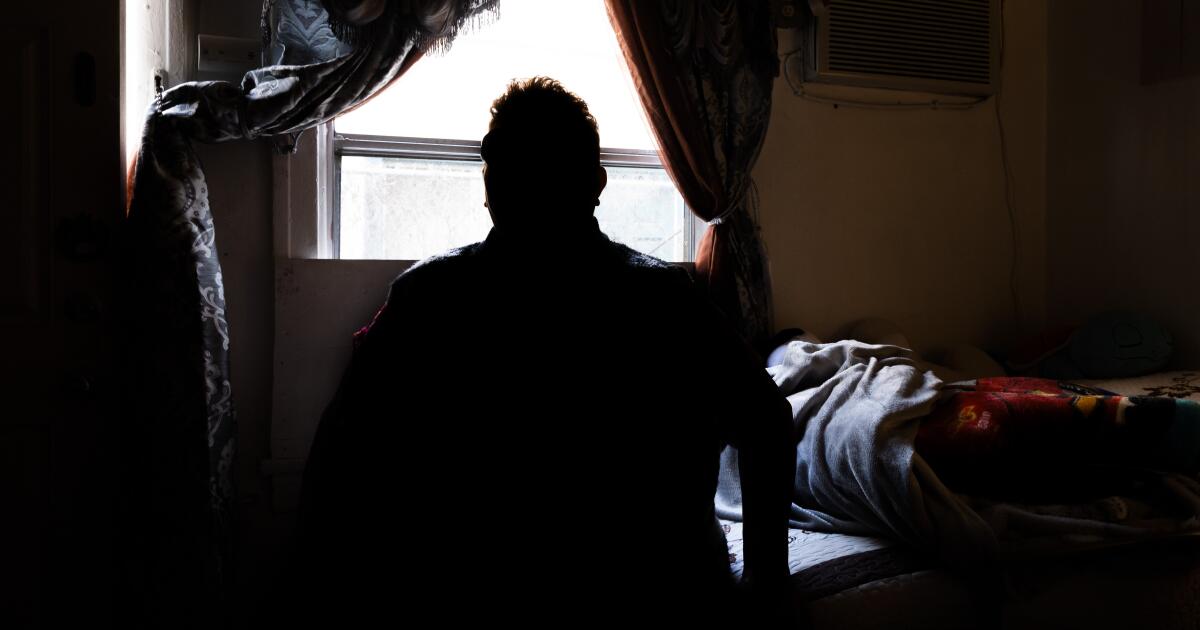COPENHAGEN (Reuters) -A volcano in southwestern Iceland sent glowing hot lava shooting more than 50 metres into the air on Wednesday, its fifth eruption since December and the most powerful one since its volcanic system became active three years ago.
Authorities had warned of the risk of renewed volcanic activity in the area just south of the capital Reykjavik as studies showed magma accumulated underground. The eruption began shortly after the end of an eight-week long eruption that occurred between Hagafell and Stora-Skogfell on the same Reykjanes peninsula.
The lava fountains reached 50 metres (164 feet) high and the length of the fissure was around 3.4 km, Iceland’s Met Office said in a statement.
“The first assessment of scientists is that the beginning of this eruption is more powerful than in previous eruptions,” the office said.
Flights continued as usual at Reykjavik’s Keflavik Airport, according to the airport’s website.
The fiery spectacle underlines the challenges faced by the island nation of almost 400,000 people as scientists have warned that repeated eruptions are possible in Reykjanes for decades or even centuries.
Wednesday’s was the eighth eruption since 2021 on the peninsula, home to some 30,000 people, after geological systems that had lain dormant for 800 years became active again.
“It started as a very traditional fissure eruption with a lot of lava fountains and lava already being spilled out,” said Ari Trausti Gudmundsson, an Icelandic geophysicist.
“The fountain activity is usually most powerful in the beginning. It abates very slowly, and maybe in the next 24 hours, most of these lava fountains will slow,” he said, adding that the eruption could go on for days or weeks.
Such volcanic activity has disrupted district heating, closed key roads and razed several homes in the Grindavik fishing town, to which only a few residents have returned since an evacuation in late 2023.
To prevent damage, man-made barriers have been built to steer lava away from infrastructure including the Svartsengi geothermal power plant, the Blue Lagoon spa and Grindavik.
The fissure had extended to less than a kilometer from the defenses of Grindavik, the met office said.
Iceland’s civil defence was put on high alert, police said, and authorities again ordered an evacuation of Grindavik.
The nearby Blue Lagoon geothermal spa, known for its large outdoor pools, was shut and its guests evacuated.
Residents refer to Iceland as the “Land of Fire and Ice” – a tribute to its otherworldly landscape of mountain peaks, ice fields and fjords, a seismic hotbed positioned between the Eurasian and North American tectonic plates.
(Reporting by Stine Jacobsen, editing by Terje Solsvik and Louise Rasmussen; Editing by Bernadette Baum and Aurora Ellis)
